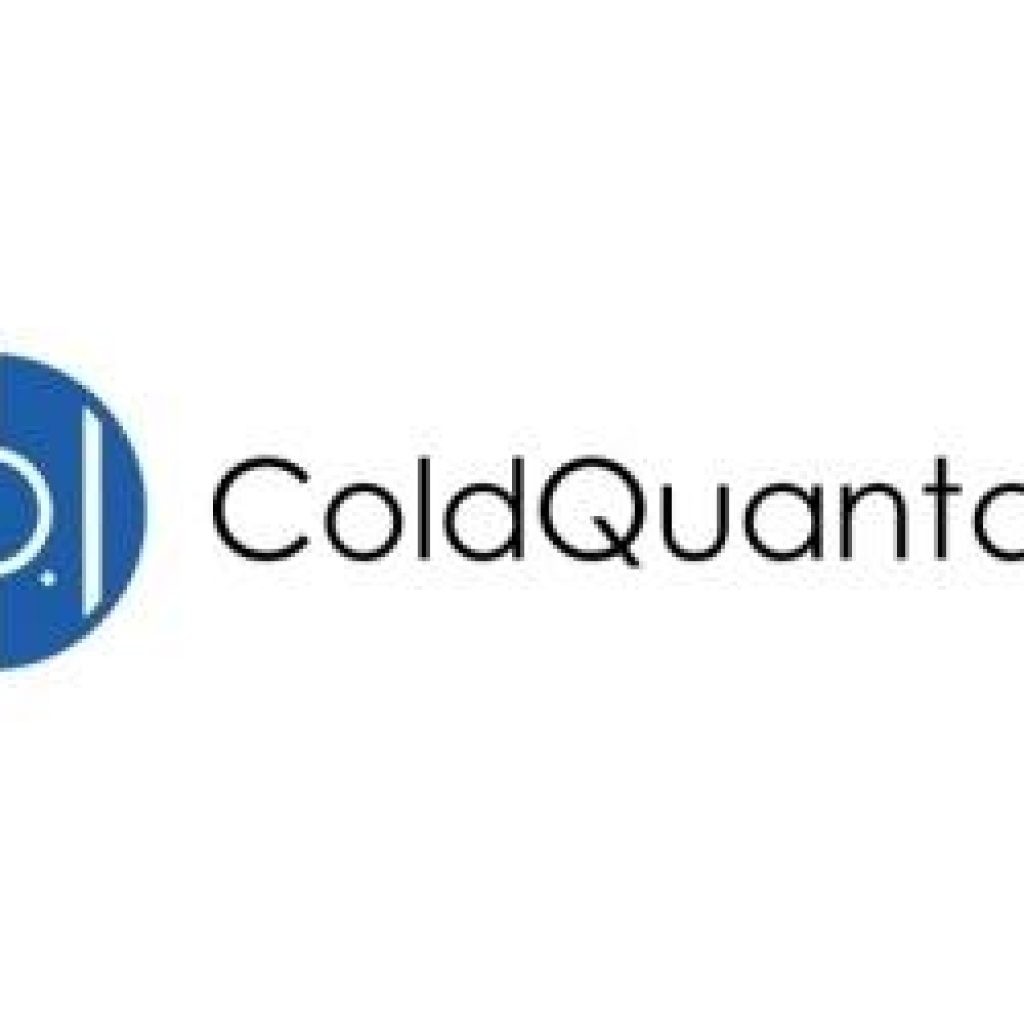(YahooFinance) ColdQuanta, the quantum atomics company, previewed its quantum computer technology, built on its Quantum Core™.
The ColdQuanta quantum computer is built around a unique glass cell that maintains a vacuum and houses a checkerboard-like array of cesium atoms, each of which acts as an individual qubit. Lasers and other photonic technologies cool the atoms to ten millionths of a degree above absolute zero, then initialize the qubits and orchestrate computations. The final state of the qubit array is photographed and analyzed.
In developing the technology for a quantum computing platform, ColdQuanta is leveraging its deep expertise and more than a decade of experience delivering quantum products and systems. In April of this year, the Defense Advanced Research Projects Agency (DARPA) selected ColdQuanta to develop a scalable, cold-atom-based quantum computing hardware and software platform that can demonstrate quantum advantage on real-world problems. The work is being led by ColdQuanta Chief Scientist Mark Saffman. In October, ColdQuanta recently announced cloud access to a quantum matter system that lets users generate, manipulate, and experiment with ultracold matter.
“ColdQuanta has successfully developed and deployed many kinds of quantum systems, all based on our Quantum Core platform,” said CEO Bo Ewald. “This means that most of the technology needed for cold atom quantum computing has already been validated by customers. This gives us a significant advantage in the race to deliver a quantum computer that can address some of the most complex computing challenges we face today.”
ColdQuanta’s approach has significant advantages over other implementations:
- The qubits are all atoms of the same element and are identical, so there are no manufacturing defects.
- The qubits are cooled to ten millionths of a degree above absolute zero, which is much colder than other technologies. Quantum effects typically operate better and longer at colder temperature. This combination allows for longer and more complex computations.
- Two dimensional cold atom arrays scale from tens to thousands of qubits, enabling bigger computations to address real-world problems. The DARPA ONISQ program, awarded to ColdQuanta, calls for a demonstration of a system with over 1000 qubits running a Department of Defense application.
- Gates can entangle distant qubits, allowing larger logical circuits on the same qubit array. This should allow more computational work to be accomplished per unit time with more advanced qubit connectivity.
- Advanced vacuum cell technology does away with the need for cryogenics.
- The computational platform is dynamically reconfigurable, which shortens the development cycle and leads to quicker system improvement.
